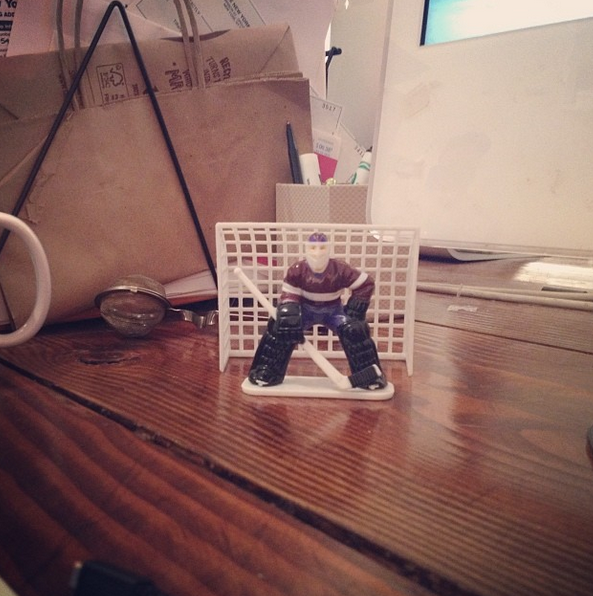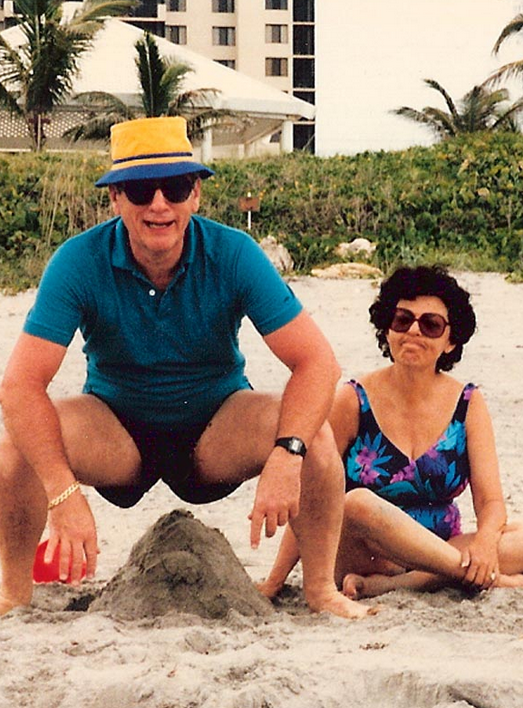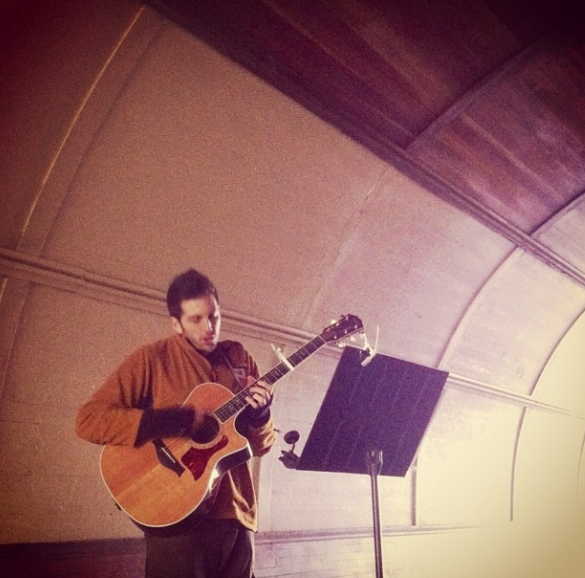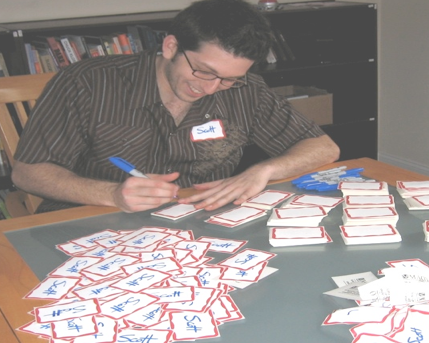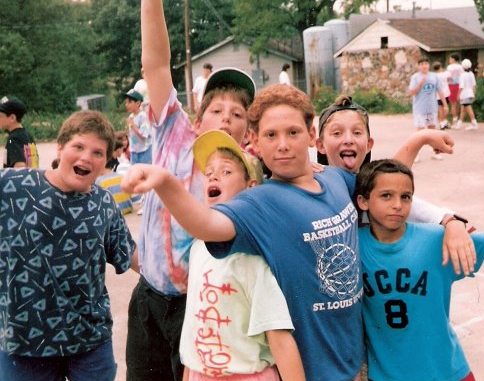
I spent most of my childhood
summers at sleep away camp.
And looking back at all my
years of canoeing and hiking and collecting wood and making fires and eating
foil packs of undercooked ground beef, I remember the biggest life lesson that
stuck with me:
Always leave the campsite better than you found it.
Ask any counselor in the
world. It’s the number one rule of camping.
But it’s also a great rule
for relationships.
If you want to contribute
meaningfully to the growth and well being of every person connected to you, you
need to leave them better than you found them.
Emotionally. Intellectually.
Physically. Spiritually. All of the
above. After every interaction you have with someone, that person should walk
away better. More alive and confident and connected and elevated and seen and
heard and infected and speechful and encouraged and wanted.
Which sounds like a lot of
work––and it is––but once you install the right awareness plan, the art of leaving people better becomes second
nature.
Awareness plan. Let’s talk
about that.
Psychologist Herbert Leff
originally coined the term as, “A metacognitive procedure or mental recipes for
perceiving and thinking about the world around us.”
An awareness plan is a lens
for your interactions. A plugin for the human operating system. And when used
consistently and respectfully, it can change what you see when you see
people. More importantly, it can change what they see when they see themselves.
One of my favorite awareness plans, one that always leaves people better, is unearthing a valuable new opportunity in the
midst of a conversation. As someone who has mentored hundreds of artists, entrepreneurs
and business professionals in the past decade, I’ve discovered this process to
be a combination of three skills:
Affirming, noticing and offering.
Think of them as the tools
for leaving someone’s campsite better than you found it. Let’s see how each plays out in a conversation:
Affirming. I
come from a family of yeasayers. Relentless affirmation, instant encouragement,
permissionless participation and radical acceptance are in our blood. And
because of that temperament, I’ve never met an idea I didn’t like. Not unlike
the golden rule of improv comedy, fun
is always on the other side of a yes.
The exciting part is, when it
comes to a conversation with someone, being fundamentally affirmative becomes a
form of optimism––because saying yes to everything increases your field of
perception. It’s what allows you to better notice valuable opportunities.
Imagine how many ideas you could
generate for another person if you regarded everything they said as a possible inspiration
for a work of art? Or a new creative idea? Or a business system that could
change the world? Think of yourself as living in a shared pool of thoughts,
from which opportunities can blossom. You can’t say yes fast enough.
Noticing. The
whole reason I started wearing a nametag everyday is, I just wanted to see what
would happen. That’s all. It was an
exercise in curiosity, nothing more. But that’s who I am. I’m a giant question
mark. I’m the annoying kid who raises his hand before the question is done
being asked. And it all boils down to three simple words:
“Now that’s interesting.”
Noticers say things like that. Out
loud. Especially in conversations. If there’s something normal to one person,
but fascinating to you, point it out respectfully and inquisitively. That’s
where opportunities come from. Noticing what people are too close to themselves
to see. Being willing to dwell in the novelty of the situation. Being a mental omnivore.
And, always watching for reactions, not
opinions. That’s huge. Once you start looking
for subtle, external, physiological cues about what people are really like,
what’s really important to them, it’s amazing how quickly new ideas bubble to
the surface.
How many valuable opportunities could you unearth by watching what people do
with their bodies during the conversation? Look for recurring cycles of
activities or repetitive patterns in your interactions.
Offering. I
used to have a problem adding too much value. Hijacking the conversation. Projecting
my own meaning onto the other person and trying to solve their problems too
quickly. But I quickly learned that, if you want to leave people better, it’s
not about prescriptions
and formulas and superimposing yourself onto them. That’s just annoying.
Unearthing valuable
opportunities is a gentle act. And since you’ve already affirmed people’s
perspective and noticed interesting things about them, they’re ready for the
final step. But they might need a little push. Something that delightfully disturbs them and compels them to take action on their new idea.
My favorite move is to pull
out my notepad, write down a quick summary of the opportunity we’ve unearthed
together, rip out the piece of paper and hand it to them. Then I’ll either say,
“No charge,” or “I’ll send you an invoice.” Both lines usually get a laugh,
although rarely a check. But what matters is, it’s a positive way to place an
exclamation point at the end of the conversation. And we often reconnect a later date to see how things are progressing.
That’s an awareness plan.
Affirming, noticing and offering.
It’s how you unearth
valuable new opportunities in the midst of a conversation.
And it’s a surefire way to leave someone’s
campsite better than you found it.

